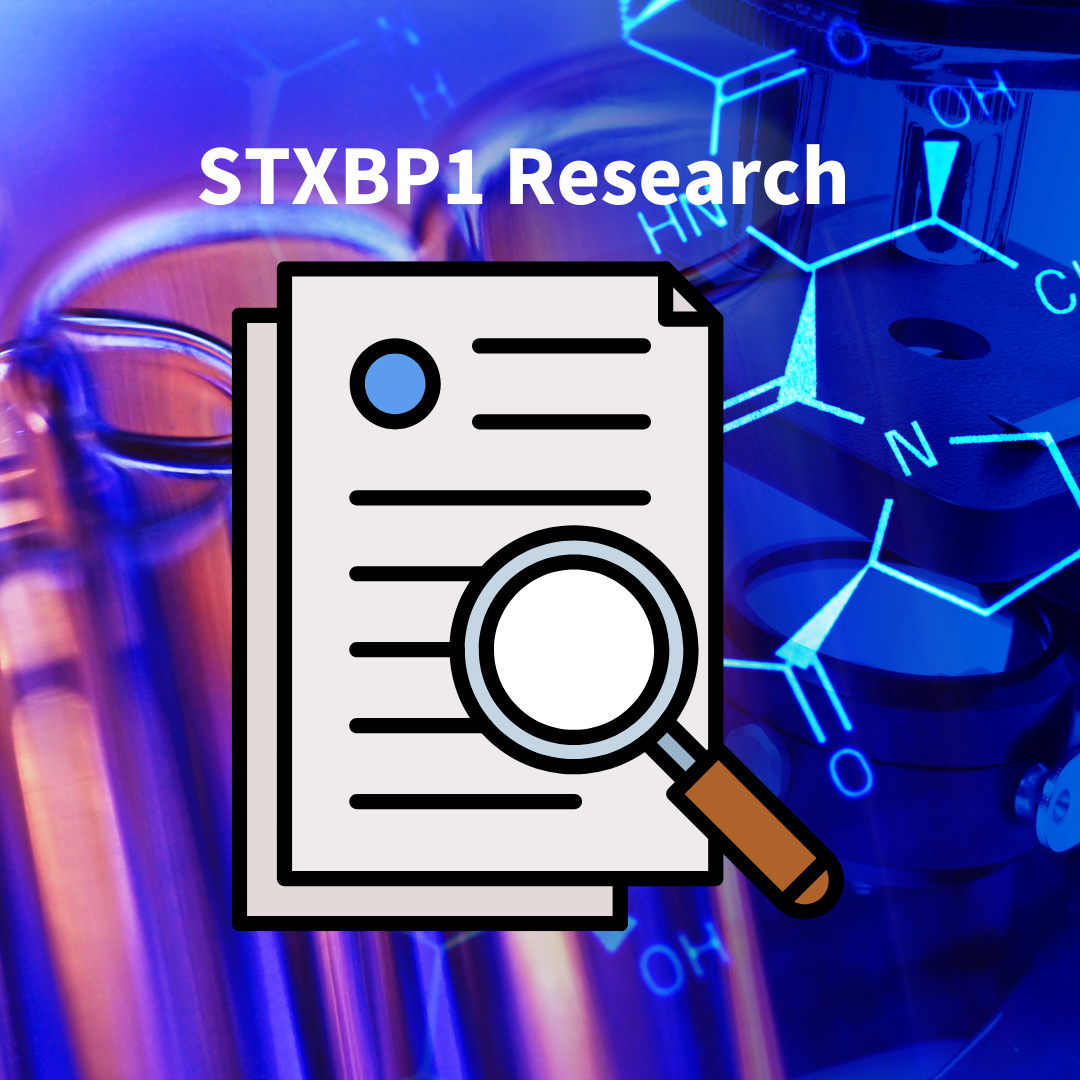Strides in STXBP1 for June and July
What was new in June & July of 2025?
Zach Grinspan and his colleagues at Weill Cornell published a paper that reviewed the potential of phenylbutyrate (PBA), a drug originally approved for urea cycle disorders, as a treatment for several rare genetic epilepsies including STXBP1, SLC6A1, GABA(A) disorders, SLC6A8, Dravet Syndrome, LGI1, and SYNGAP1. The paper discussed promising preclinical and early clinical studies demonstrating positive effects of PBA on seizure activity and explored the mechanisms by which PBA might exert its anti-seizure effects in the various genetic epilepsies. The authors suggest that PBA primarily works by stabilizing misfolded proteins, improving their function, and reducing cellular stress. The drug may also facilitate the normal movement of proteins within a neuron, and, in the case of SLC6A1, may help the normal protein function better. The paper concludes by saying that while PBA represents a promising option for repurposing existing drugs to help patients with treatment-resistant epilepsy, more research is needed to fully understand its mechanisms and effectiveness.
Head and neck squamous cell carcinoma (HNSC) is a challenging type of cancer that affects tissues of the head and neck, including the oral and nasal cavities and upper respiratory/digestive tract. Chinese researchers discovered that STXBP1 plays a role in helping the cancer cells evade the immune system. It does this by both attracting immune-suppressive macrophages (a type of white blood cell) to the tumor and increasing a “don’t eat me” protein (CD47) on cancer cells. The researchers found that high levels of STXBP1 are linked to worse outcomes in patients, making it a potential biomarker for diagnosing and predicting the severity of HNSC. They also found that a compound called catechin can inhibit STXBP1 and was able to reduce tumor size in a mouse model of HNSC.
High-calorie, high-fat diets (HFD) have been associated with cognitive impairment and exacerbation of senile dementia, such as Alzheimer’s disease. A Japanese group explored how this may occur. They found that HFD decreases the expression of a protein called PQBP1 (polyglutamine binding protein 1) in neurons. PQBP1 is important for processing RNA in neurons and for maintaining healthy synapses. They found that mice treated with HFD had reduced synaptic function and synapse number in their brain cortex. Further, the researchers found that decreasing PQBP1 led to abnormal RNA processing of three key synaptic protein RNAs, Cyfig2, Cacnb1, and CASK; Cacnb1 and CASK both interact with STXBP1.
A Romanian group of doctors published the findings of genetic testing of 140 children with epilepsy. Forty of the children were found to have a genetic diagnosis. Among the most frequently identified genes was STXBP1 (3 children). The identification of a genetic diagnosis led to changes in medication, special diet recommendations, and referrals of the families to other medical specialists.

